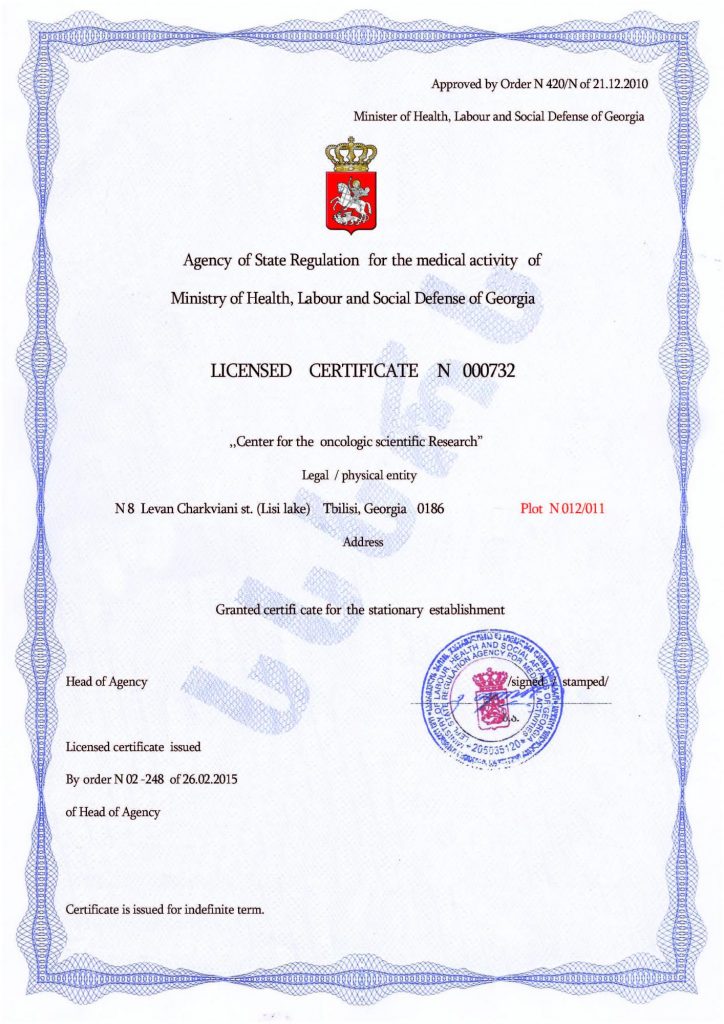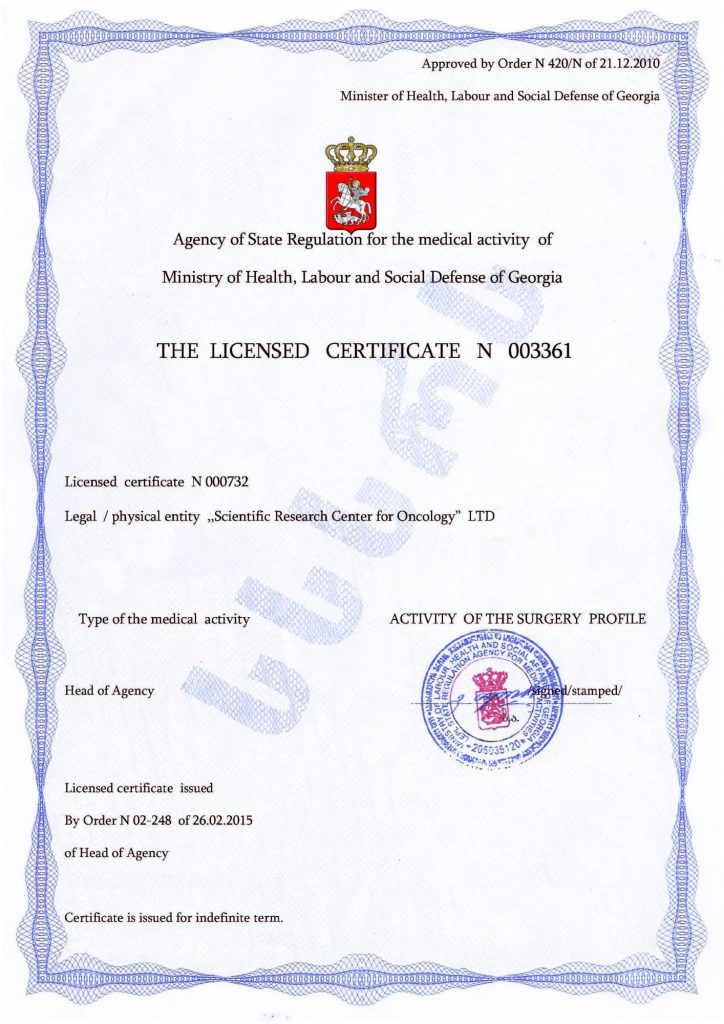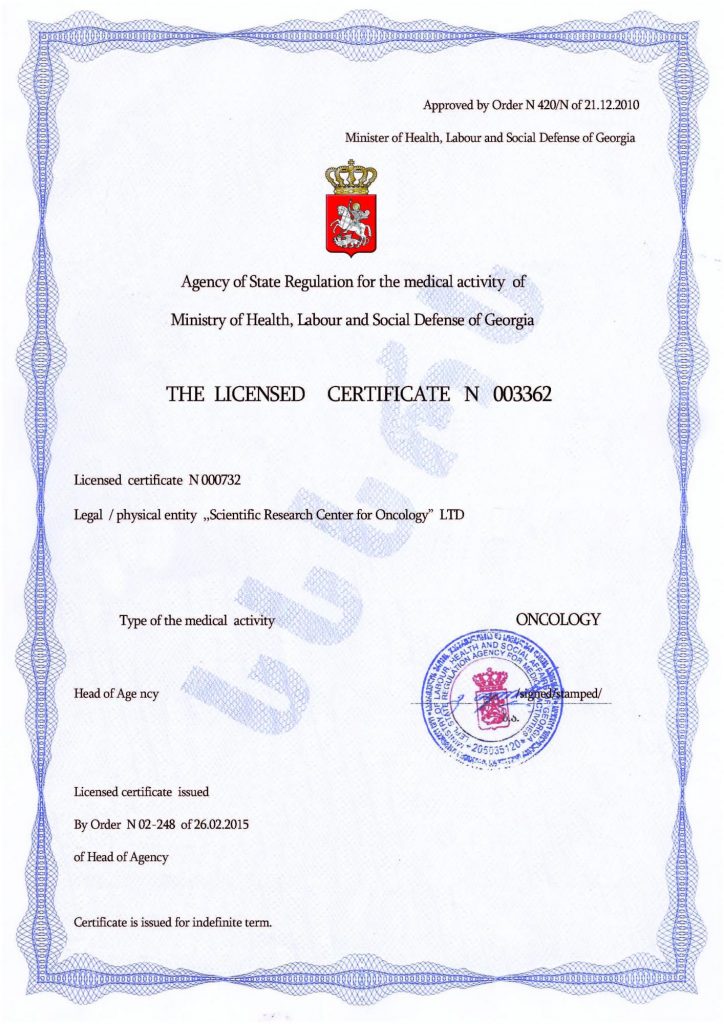Gluten/casein-free diet for the treatment of autism
Many parents use alternative or non-traditional methods of therapy, trying to help their child cope with autism spectrum disorder. For example, one of them is a casein-free/gluten-free diet in early childhood.
A gluten-free/casein-free diet for autism means eliminating all foods that contain these proteins from a child’s diet. Dairy products, milk itself, flour, and cereal products are among them.
There is an opinion that a gluten-casein-free diet helps, since many children with autism have sensitivity and even allergic reactions to these products. Some parents claim that their children have seen certain improvements in speech function and behaviour due to a casein-free/gluten-free diet.
Theoretical basis of diet for autism in children
An autistic child’s body assimilates protein and peptin differently than the body of a healthy child. Therefore, there is an assumption that such a discrepancy may have a negative impact on the manifestations of the disease. This is because the brain perceives protein as an endorphin, and an increase in its level can lead to certain stimulation of the nervous system, causing an autistic child to behave differently or perform certain actions. The situation is similar with peptides.
An autist absorbs these nutrients differently than other people. Therefore, it is believed that following a diet can reduce the disease’s symptomatology and improve intellectual abilities and social behaviour, including speech functions.
Scientific research on the GFKF diet for autism
Recently, a carefully controlled trial found that the diet is completely ineffective for ASD. These experiments were published in the Journal of Autism and Developmental Disorders.
During the experiment, children with autism received the same food, which tasted and looked identical, but half of the dishes contained casein/gluten and the other half did not. Neither the parents nor the researchers knew what kind of dishes the children received.
When the code of the experiment was declassified, it turned out that no connection was found between the child’s behaviour, the deterioration or improvement of their well-being, and diet.
Therefore, it is more rational to turn to more effective methods of therapy to treat a child’s autism spectrum disorder.
Mardaleishvili Medical Centre is a clinic in Georgia specialising in innovative stem cell therapy for autism.
Cell therapy is a method that affects pathology using the body’s own recreational capabilities.
How is childhood autism corrected with stem cells?
- A doctor obtains the necessary biomaterial from the patient’s umbilical cord blood or bone marrow.
- Then it is suspended and injected into the bloodstream or cerebrospinal fluid of the spinal cord.
- Stem cells detect damages in the brain and repair them.
- A pronounced therapeutic effect occurs that was previously impossible with traditional treatment, and even more so with diet.
Contact the centre for the treatment of children’s autism with stem cell therapy; you will receive effective treatment, ensuring a decent, active, healthy future for your son or daughter.
Autism Treatment Center Videos
Autism treatment with own stem cells
Cord blood association congress
International Quality Crown
Autism Treatment Reviews
Autism treatment with own stem cells
The story of Alessandro (6 years old)
Autism Patient Testimonial - Stem Cell Treatment
Clients Testimonials
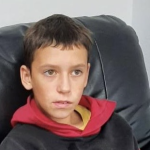
Feedback from Igor, David’s father (12 years old) Read More
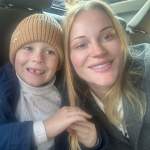
Feedback from Olga, Fedya’s mother Read More
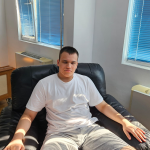
Feedback from Natalia, Radomir’s mother (15 years old) Read More
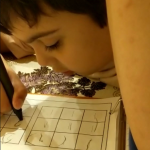
Feedback from Esther, Samuel’s mother (8 years old) Read More
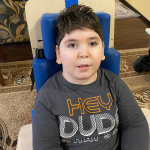
Feedback from Abibe, Selim’s mother (7 years old) Read More









